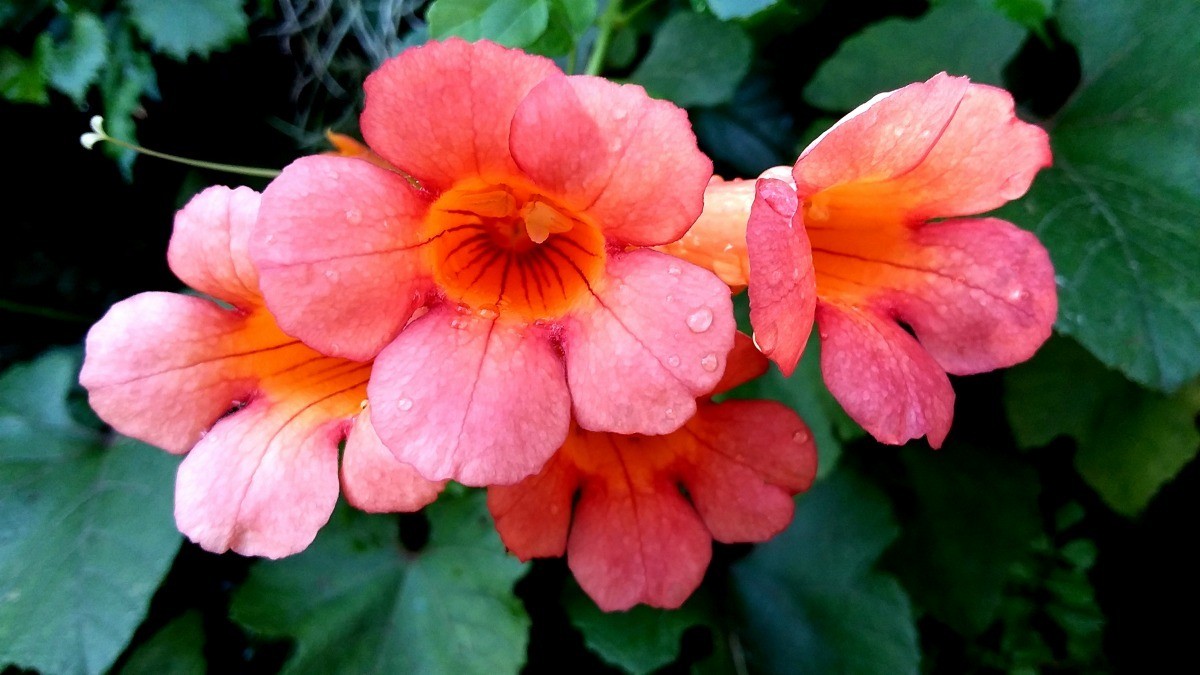

Like the trumpet vine, it can be invasive, and growing can get out of hand. The only problem is that you might have to plant it every year. It’s significantly less invasive than the trumpet vine, so it’s low maintenance. Other common names include cardinal creeper, cardinal vine, cypress vine, morning glory, or star glory. Many types of vines are perfect for hummingbirds, but we’re just going to mention a few: Cypress Vine Cypress vine (botanical name: Ipomoea) The Hyacinth Bean vine (Lablab Purpureus).Scarlet Runner Bean (Phaseolus coccineus).Trumpet vine (botanical name: Campsis radicans).Hummingbird feeders are nice and convenient (and it’s easier and faster to put them out), but why not offer these pollinators a whole flowering vine filled with their favorite sweet flowers. Planting a hummingbird vine may seem difficult at first, but with some practice – planting and maintaining a vine plant will become like second nature. Be careful, as seeds and spreading suckers can suffocate other plants.Lastly, make sure to pick the seed pods before spring or autumn, and you can begin propagation!.Pruning the plants before new growth is good practice.Fences, trellis, or pergolas are necessary (because many plants are climbers) for the vine to have support.If it’s too hot outside, it’s essential to water them during the evenings. The perfect spot for a hummingbird vine is a spot where there’s full sun – so blooming is ensured.The best time to plant a hummingbird vine is in fall or early spring (like with most plants and trees) .Most hummingbird vines grow the same way, so there are common ways to care for them.
HUMMINGBIRD VINE HOW TO
But it’s hard to figure out how to plant your very own hummingbird vine without any guidance. A hummingbird vine will ensure hummingbirds will stick around for a long time.


 0 kommentar(er)
0 kommentar(er)
